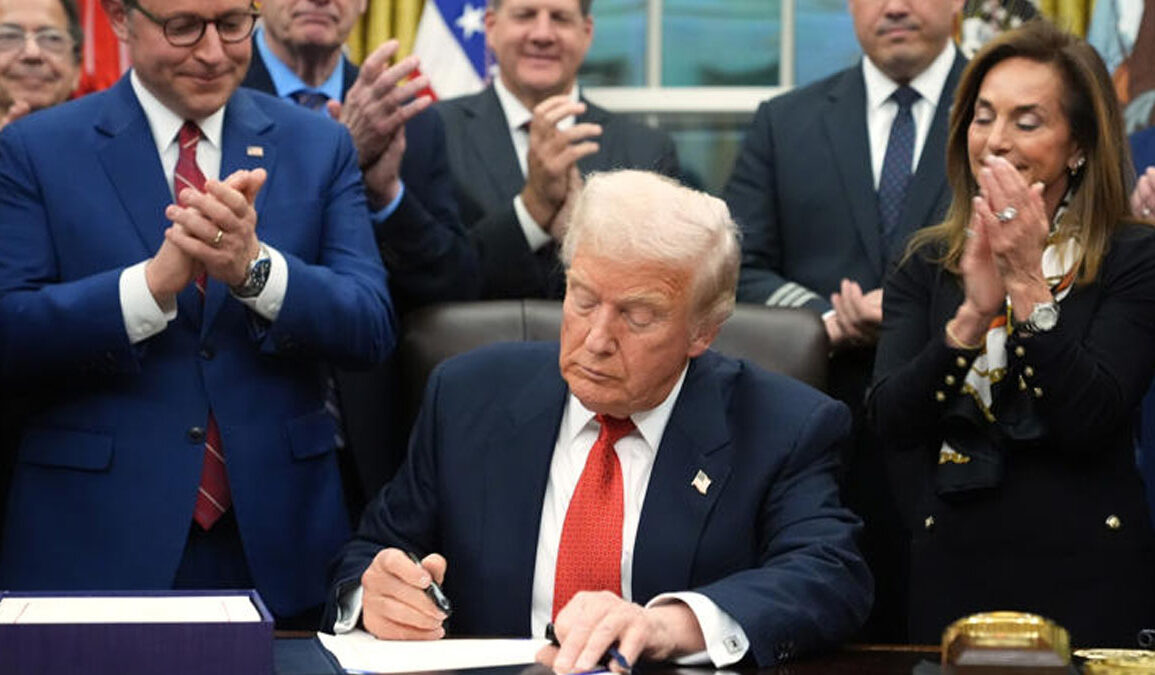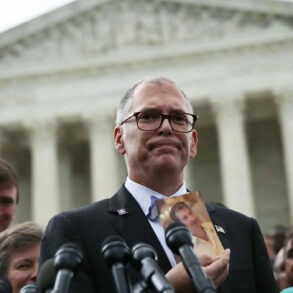President Donald Trump has formally ended the longest government shutdown in American history by signing a stopgap funding bill late Wednesday night. After forty-three turbulent days of stalled services, missed paychecks, and political brinkmanship, the government is open again and federal workers are returning to their jobs.
Trump signed the bipartisan funding measure at about 10:25 p.m. local time, just two hours after the House passed it and less than an hour before the shutdown pushed further into day forty-three. Speaking from the Oval Office, he said the agreement sent a clear message that his administration would “never give in to extortion.” He also repeated his call to end the Senate filibuster, which he blamed for enabling the prolonged stalemate.
The bill funds the government through January 30 and gives Congress time to negotiate a longer appropriations package for fiscal year 2026. It fully restores federal worker pay, reverses layoffs triggered earlier in October, and secures full-year funding for food assistance programs like SNAP and WIC.
How the Shutdown Started
The shutdown began on October 1 after Democrats and Republicans deadlocked over whether to attach health care provisions to a short-term funding bill. Republicans accused Democrats of trying to expand benefits for non-citizens and undo parts of Trump’s earlier domestic policy bill, while Democrats said they wanted to extend expiring Affordable Care Act subsidies that keep insurance costs lower for millions of people.
As both sides dug in, neither chamber could pass a funding package. The House adjourned in late September and did not return for nearly eight weeks, leaving the Senate to negotiate. When the Senate deadlocked as well, the government entered the longest shutdown the nation has ever experienced.
The shutdown rippled through nearly every corner of American life. Federal workers missed multiple paychecks and lined up at food banks. Air travel snarled as air traffic controllers and TSA officers were required to work without pay. Many of them called in sick or took second jobs, leading to staffing shortages and widespread delays.
SNAP benefits and other food programs warned of disruptions. Federal agencies halted services. Families, travelers, and workers felt the immediate impact.
Rep. Tom Cole summed it up by saying that shutdowns “never achieve the objective that you announce,” and that this one was no different.
The Senate broke the stalemate Monday night, passing the reopening bill by a 60 to 40 vote. Eight Democrats joined Republicans after deciding the shutdown was causing more harm than leverage.
Sen. Jeanne Shaheen said the shutdown had been effective at highlighting concerns about health care, but that the promise of a December vote on the issue gave Democrats “an opportunity to continue to address that going forward.”
The Senate action pushed the bill to the House, setting up the final step in ending the shutdown.
Back to the House
Because both chambers must pass identical legislation before it can go to the president, the House needed to vote on the Senate-approved version. On Wednesday evening, the House passed the bill 222 to 209.
Six Democrats crossed over to vote with Republicans, while two Republicans voted against it. Only after this final vote could the bill move to Trump’s desk.
At about 10:25 p.m. on November 12, President Trump signed the bill in the Oval Office. With his signature, the government officially reopened, federal worker paychecks were cleared for processing, and agencies began preparing to resume normal operations.
Trump called the deal a “very big victory,” and House Speaker Mike Johnson said Democrats “didn’t achieve anything with this at all.”
Federal employees will return to work and receive full back pay. Airport operations will gradually return to normal. SNAP and other food programs are now funded for the full year. The bill also protects federal workers from layoffs through January and funds three key agencies through September.
But the political fight is not over. The bill requires the Senate to hold a December vote on health care subsidies, and multiple lawmakers warned that another shutdown could emerge on January 30 if no agreement is reached.
As Rep. Rosa DeLauro put it, “On January 30, we could find ourselves in the same position.”
For now, though, the government is open again, the paychecks are coming, and the longest shutdown in U.S. history has finally come to a close.








